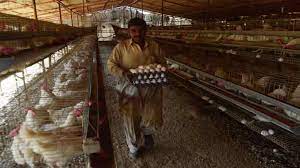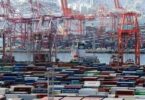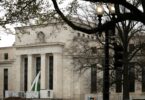F.P. Report
ISLAMABAD: Chicken and eggs as well as vegetables were among the items that pushed the Sensitive Price Indicator (SPI) up yet again on year-on-year basis to 43.25 per cent as food inflation combined with rising energy tariffs continue worsening the cost-of-living crisis in Pakistan.
Stagnant wages in the absence of any direct government cash support means purchasing power is shrinking at a rate that is unprecedented in the country’s history.
With more increase in power and gas tariffs on the cards, there is very little likelihood of taming inflation despite the predictions made by the central bank and the government authorities.
One of the important but ignored facts is the booming food exports which are responsible for reduced supply and rising prices in the country – a trend showing complete lack of understanding or, at least, will on the part of government.
India just across our eastern border could have been a guide in respect, but no one has followed the example of New Delhi barring or imposing restrictions on exports of rice, onion and other food items – a policy designed to stabilise the domestic market and arrest inflation.
The figures released by the Pakistan Bureau of Statistics (PBS) show that the SPI stood at 311.14 for the week ending December 29 compared to 310 recorded for the previous week and 217.20 last year.
However, the actual food inflation is much higher than the numbers given as the food prices charged from the consumers are much higher the official rates.
Earlier, the inflation rate in November – calculated by the Consumer Price Index (CPI) – had surged to 29.2pc on annual basis, which missed the estimates given by the State Bank of Pakistan and the finance ministry.
In the given scenario, the persistent rise in inflation means the rate recorded for December too would be higher than expected with the figures to be released early next week.
Meanwhile, this alarming trend is also a clear indicator of interest rates staying at the current record-high level, with a worst case scenario of another rate hike if inflation stays out of control.
Hence, Pakistan may not be among other countries around the world – both developed and developing included – where rate cuts are imminent next year, a possibility that is already weakening the US dollar in global currency markets – at least in the first quarter.
The higher interest rates will keep the economy crippled, thus no expansion in business activity and creation of job opportunities.
However, the only thing that Pakistan can hope for is a stable elected government after the February 8 elections, which is pro-business and has the will as well as the capacity to control prices and cut interest rates. But the elements involved in May 9 violence are already making efforts and using fake news as a propaganda tool to make the whole electoral exercise controversial to create and maintain political instability for a long period. (INP)







